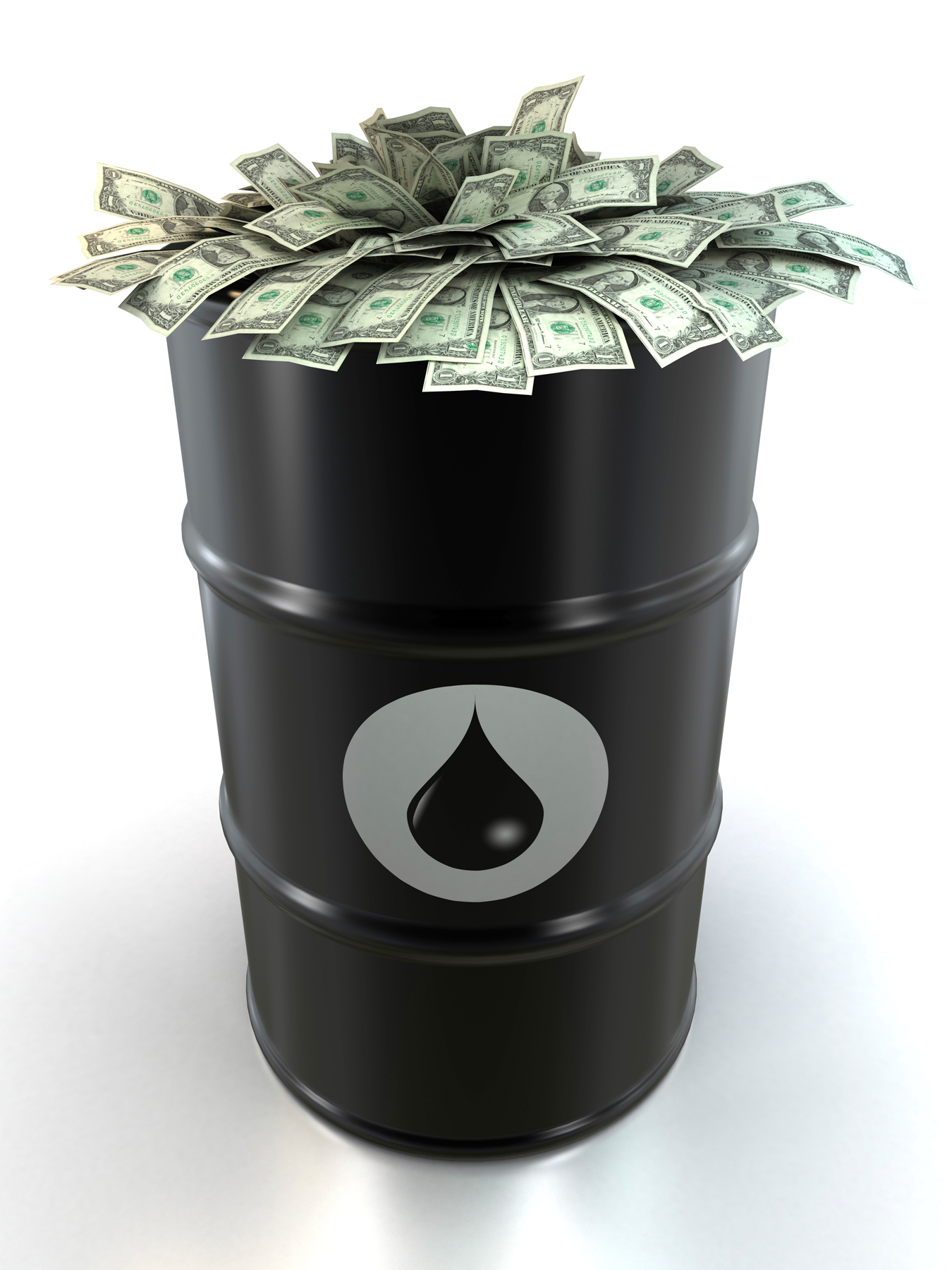The year 2015 might someday be known as the time when Dallas proved it could handle an oil price collapse. With crude prices floating between $40 and $60 a barrel for most of the year, North Texas continued to create jobs and attract new residents, albeit at a slower pace. There would be no oil bust recession here this time around, thanks to a more diversified economy.
But the shale revolution that pumped energy riches back into North Texas over the past decade showed it has a dark side as well. By August, job growth had gone negative for the year on the Fort Worth side of the metropolitan area, where energy and manufacturing jobs make up a bigger chunk of the workforce.
The latest boom-bust cycle recalled the wild days of the 1980s in Dallas, when a surge in oil prices put a new skyline on Big D before a collapse brought bank failures and a recession. (Television’s J.R. Ewing, who became a household name in the 1980s, even made a comeback.)
Although many like to think we’re well past that—now that the North Texas economy is no longer dependent on oil and gas for our prosperity—it’s a fallacy to think that low oil prices are a net positive for DFW.
While the region’s economy is certainly better built to withstand an oil price slump than it was in the 1980s, “the incredible decline in oil prices and associated oilfield activity is a net drain on North Texas,” says Robert Dye, chief economist at Comerica Bank.
To be sure, Dallas-Fort Worth has held up pretty well since prices started a steep descent from above $100 a barrel in the summer of 2014. Signs of continued growth abound. A rebounding housing market pushed prices higher and prompted homebuilders to crank up construction. Big projects like the Nebraska Furniture Mart in The Colony and the new Toyota campus in Plano marched on, while big employers that benefit from lower fuel costs, including American Airlines and General Motors in Arlington, have expanded.
By August, the region’s unemployment rate had slipped to 3.9 percent, with employers having added 46,400 jobs in the first eight months of the year. But there is a dichotomy at play and signs of weakness on the horizon, says Pia Orrenius, vice president and senior economist with the Federal Reserve Bank of Dallas.
The bulk of the job gains have come in the service sector, largely at professional and business service firms. That has led to about 4 percent job growth in the Dallas area this year, where many of those jobs are located. Meanwhile, goods-producing sectors, such as energy and manufacturing, retracted as pullbacks by drillers rippled through the supply chain. With a higher share of oilfield machinery and fracking operations, Fort Worth-Arlington registered a net loss of 2,300 jobs from January to August.
By fall, that softness was starting to spread to Dallas’s service companies, where much of the growth was predicated on the shale boom. “What we’re beginning to see is that the strength in the service sector will start to be affected by the slowdown in energy,” Orrenius says.
Statewide, the Texas Miracle economy proved to be not so miraculous. After leading the nation in job growth for several years, Texas fell to the middle of the pack. By fall, after oil prices slipped from $60 to about $45, the Dallas Fed was predicting only 1 percent job growth statewide this year, with energy centers like Houston and Midland showing particular weakness.
Dye believes Houston may already be in a regional recession, but North Texas should continue to grow at a moderate pace.
Given ample international supplies of crude and uncertain demand growth, oil prices are expected to remain somewhat weak next year, though predictions are difficult, he says.
“What we can say with relative confidence is that the days of sustained $90 to $100 a barrel oil are gone,” Dye says. “There has been a fundamental shift in the global energy market and the U.S. shale revolution has been a very big part of that.”
So where does that leave Dallas-Fort Worth? A healthy business climate continues to attract new enterprises, such as a Facebook data center in Fort Worth, and new residents who continue to feed a vibrant workforce. But given the great wealth generated by the industry, lower oil prices could signal the end of the region’s latest surge. At least we can enjoy $2 gas.






